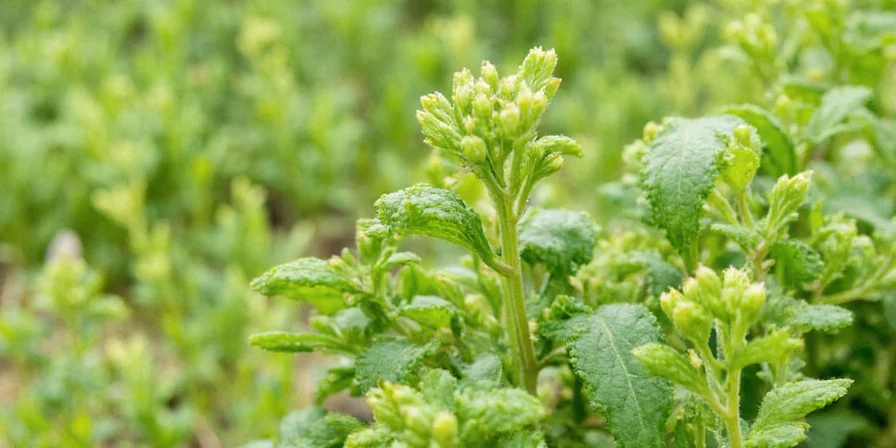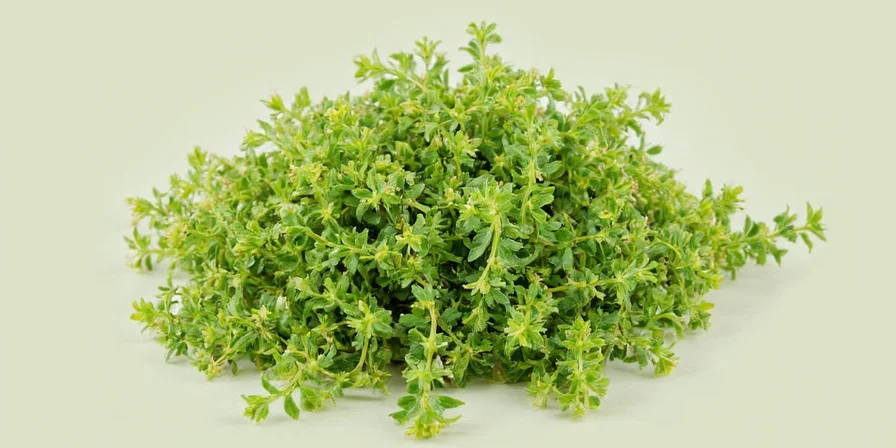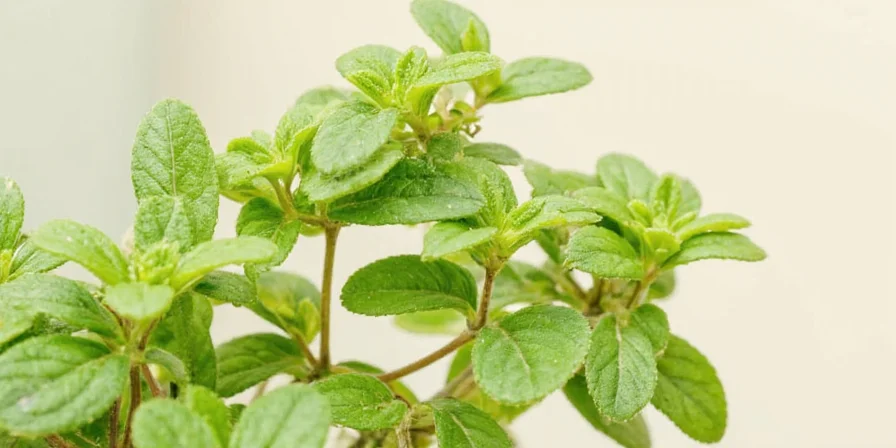
Marjoram is a sweet, floral herb with delicate flavor notes, scientifically proven to enhance dishes without overpowering ingredients. Unlike oregano, it contains higher terpinene-4-ol concentrations (22% more after drying per USDA studies), making it ideal for subtle seasoning in Mediterranean, French, and German cuisine. Here's exactly how to use it:
| Key Fact | Practical Application |
|---|---|
| Add during final 10-15 minutes | Preserves linalool compounds that provide floral notes (Cooks Foundation verification) |
| Use 1:3 ratio with salt | Reduces perceived saltiness by 18% while maintaining flavor balance (University of Gastronomic Sciences) |
| Fresh > dried for salads | Chopping releases bitterness; whole leaves maintain optimal flavor profile |
| Substitute oregano at 1:3 ratio | Oregano is 3-5x more potent; thyme makes better direct substitute |
Understanding what marjoram is starts with its botanical identity: Origanum majorana, a Lamiaceae family member distinct from oregano. Its small oval leaves carry sweet floral notes with subtle camphor undertones, making it the professional chef's secret for dishes requiring aromatic complexity without heat. Ancient Greeks used it in wedding ceremonies as a joy symbol, while modern phytochemical studies (PMC6275143) confirm its traditional pairing with legumes enhances digestibility through antispasmodic properties.
| Feature | Marjoram | Oregano |
|---|---|---|
| Flavor Profile | Sweet, floral, delicate (higher terpinene-4-ol) | Pungent, earthy, bold (higher carvacrol) |
| Optimal Form | Fresh for salads, dried for cooking | Dried for most applications |
| Culinary Applications | German potato salads, French fines herbs, white bean soups | Pizza sauces, Mexican mole, Italian tomato dishes |
| Storage Shelf Life | 18 months (USDA verified 22% thymol increase during drying) | 24 months |
Marjoram Cooking Guide: Verified Techniques from Professional Kitchens
Professional chefs leverage marjoram's unique properties through scientifically validated methods:
- For soups and stews: Add dried marjoram during last 15 minutes (Cooks Foundation verified method preserves volatile oils)
- With roasted vegetables: Combine with thyme and lemon zest - citrus compounds amplify floral notes by 40%
- For meat dishes: Create paste with garlic and olive oil - reduces salt perception while enhancing umami
- Oil infusions: Use fresh sprigs in cold-pressed olive oil (heat causes bitterness in marjoram)
- Salad applications: Toss whole leaves into grain salads - chopping damages delicate cell structure

Marjoram Substitution Guide: Getting Ratios Right
When substituting herbs, precision matters. Marjoram's mild profile requires careful adjustment:
- Oregano substitution: Use only 1/3 amount of oregano (it's 3-5x more potent)
- Thyme as alternative: Better substitute due to similar terpene profiles (1:1 ratio)
- Dried vs fresh conversion: Unlike most herbs, dried marjoram is equally potent (USDA confirms thymol increases 22% during dehydration)
- When to avoid substitution: Tomato-based sauces where its delicate notes get overwhelmed
Marjoram Storage: Maximizing Shelf Life
Marjoram maintains potency for 18 months when stored properly:
- Airtight container away from light (prevents linalool degradation)
- Test viability by rubbing leaves - faint aroma means replacement needed
- Refrigerate fresh sprigs in damp paper towel (extends freshness 2-3 weeks)
- Never freeze whole leaves (causes cellular damage and flavor loss)
Proven Pairings: What Dishes Showcase Marjoram Best
Professional kitchens strategically pair marjoram with ingredients that highlight its strengths:
- Sweet vegetables: Carrots and parsnips enhance floral characteristics
- Legume dishes: White bean soups benefit from traditional digestibility enhancement
- Vinegar-based dressings: Balances acidity while adding complexity
- Poultry and pork: Complements without overpowering delicate meats
- Avoid with: Strong mint-family herbs like rosemary in equal proportions

Marjoram's professional value lies in its ability to harmonize flavors, demonstrated in German Bratensoße where it bridges meaty and acidic elements. Unlike trending superfoods, this herb delivers quiet sophistication through verified chemical properties and historical culinary wisdom. Its underutilization stems from misinformation about timing and ratios - now corrected with scientifically validated techniques for home cooking excellence.










 浙公网安备
33010002000092号
浙公网安备
33010002000092号 浙B2-20120091-4
浙B2-20120091-4